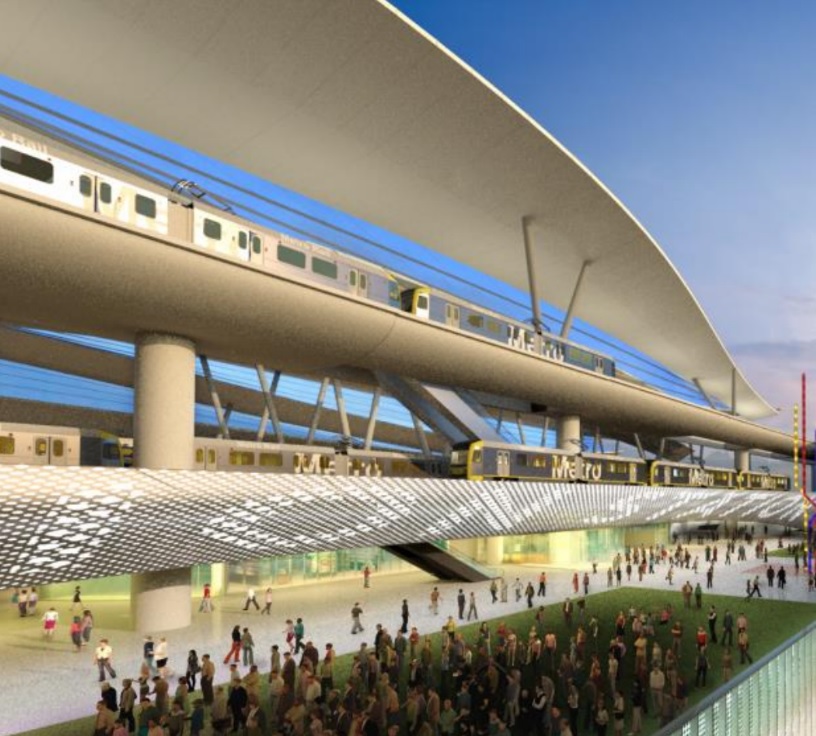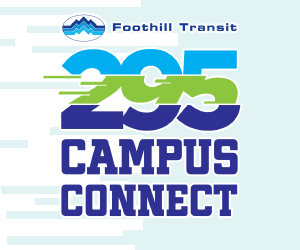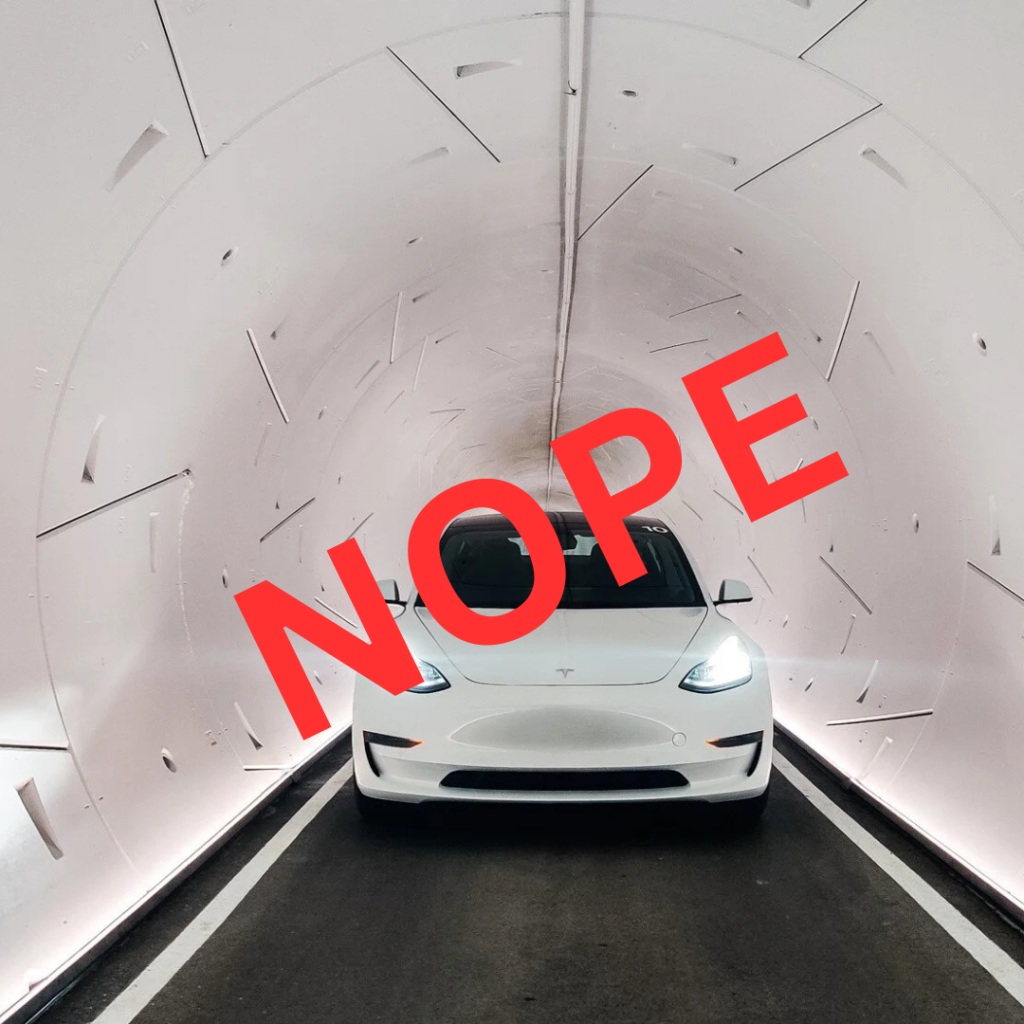Tomorrow, the Metro board will be voting on a recommended alternative for future run-through tracks at Union Station. (Update: on 2/23 the Metro board voted to postpone/continue the item.) The new loop tracks would extend Union Station's existing stub-end tracks. The project will include tracks running on a new wide 101 Freeway bridge just east of the existing Gold Line bridge. The new L-shaped bridge will connect trains to existing tracks along the L.A. River.
The Union Station run-through tracks mega-project has been on Metro's to-do list for many years. It has also gone by several names: L.A. Union Station Run-Through Tracks project, SCRIP - Southern California Regional Interconnector Project, and now the "Link Union Station" or "Link US" project. Do not confuse "Link US" with "Connect US;" the latter is Metro's plan for improving walk/bike access to Union Station. These projects are part of Metro's Union Station Master Plan, which is explained well in Metro's 2015 fly-through video.
Metro owns Union Station and is upgrading the historic landmark to prepare for future capacity increases. With population growth, Metro's expanding light and heavy rail network, projected growth in Amtrak and Metrolink ridership, and future high-speed rail, Metro estimates that Union Station will serve twice as many passengers in 2040 as it did in 2012.
Union Station's current track configuration features stub-end (dead-end) tracks. Trains going from Ventura County to Orange County pull into Union Station, and then must back out to resume their travel. Run-through tracks would allow trains to enter and exit Union Station without having to turn around. Per 2015 Metro estimates, run-through tracks would increase Union Station capacity (from 180 to 278 trains daily) and reduce dwell times (from 20 minutes to five minutes).
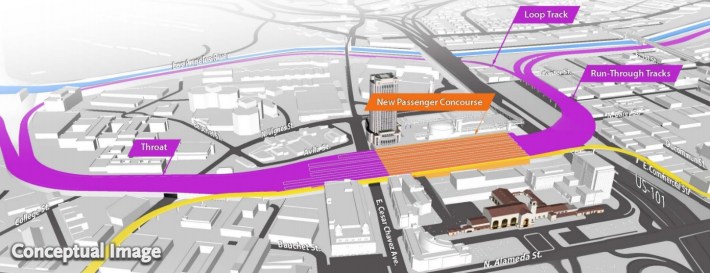
The Link US project includes three main components:
- Throat and Elevated Rail Yard - The entire rail area through Union Station (including the "throat" tracks immediately north) will be elevated 15 feet higher than they are today. The "throat" will be widened to add additional capacity.
- Run-Through Tracks - New elevated tracks will be constructed south of Union Station The elevated tracks, on an extended L-shaped bridge (or viaduct), will cross the 101 Freeway, then turn east and parallel the freeway for nearly a third of a mile, where they will connect to main line tracks along the L.A. River.
- New Passenger Concourse - Union Station passengers will utilize a new expanded concourse. The concourse will include new elevators, escalators, and stairs, and a new central retail area.
In addition, the project would improve the 101 Freeway, widen Center Street (including two blocks of bike lanes), and widen Commercial Street. Further active transportation facilities, including viaduct access to a future L.A. River bike path, are "being evaluated."
Two years ago, Metro approved a contract with HDR Engineering to do preliminary engineering and environmental studies for the run-through tracks. According to the Metro staff report, the consultant evaluated 74 alternatives, winnowing them down to four final alternatives. The alternatives are very similar. They all feature six regional rail (Amtrak, Metrolink) run-through tracks, but vary in the number of high-speed rail tracks - from zero to four.

Tomorrow's board vote includes approving the recommended Alternative 1, which features six regional rail run-through tracks, and four high-speed rail tracks. In addition, the board is being asked to expand the scope HDR Engineering's contract to include design and engineering for connecting the new concourse west into the historic Union Station and east into Patsaouras Plaza. A portion of the expanded scope would be funded by the California High-Speed Rail Authority.
If approved tomorrow, the Link US project draft environmental studies (EIR/S - California Environmental Impact Report and federal Environmental Impact Study) are expected to be circulated this summer. Once the EIR/S is completed and approved, the project would be "shovel ready" and eligible for theoretical state or federal grants. The latter could be difficult to secure under a Trump administration that appears to have pulled the plug on a major Bay Area Caltrain electrification project.
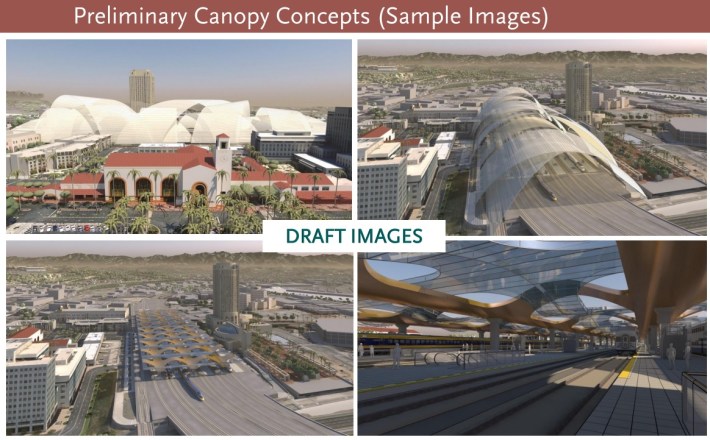
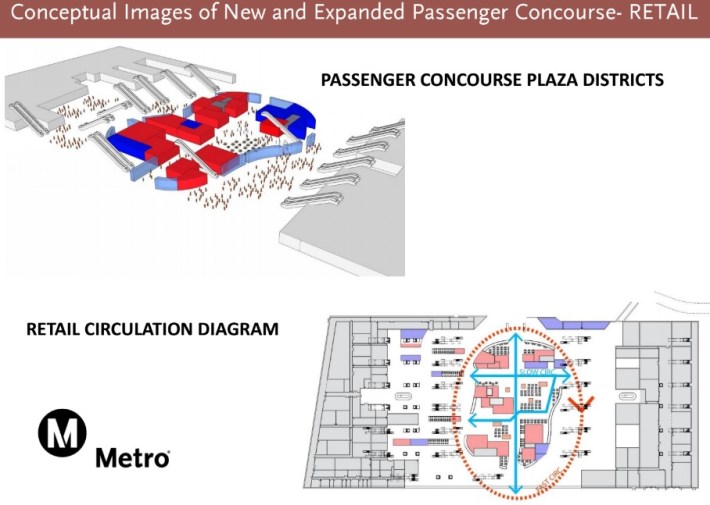
Metro's Link US staff presentation features several diagrams and renderings showing how the expanded new passenger concourse might look.
